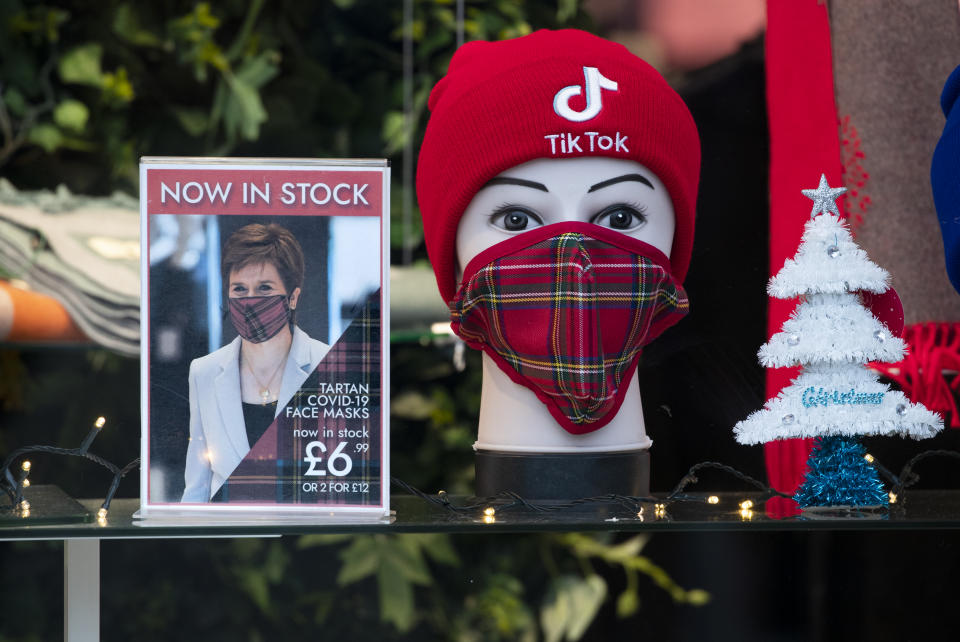Autumn clothing pushes UK inflation higher in October

UK inflation edged up in October, according to figures published by the Office for National Statistics (ONS).
The data showed annual consumer price inflation hit 0.7% last month. Economists had forecast growth of 0.6%, up from 0.5% in September. Price growth in October was flat month-to-month.
The price of clothing, food, furniture and furnishings all rose in October compared to a year ago. The cost of recreational and cultural activities fell, driven by package holidays and cinema tickets.
The ONS said clothing and shoes were the biggest contributor to rising prices, as summer sales ended and stock was replaced by full-price autumn ranges. Clothing prices rose by 2.8% between September and October.
A temporary VAT cut for restaurants meant they continued to negatively impact price growth. Fuel prices were also lower than this time last year.
Inflation was 0.9% when housing costs were included. A temporary stamp duty cut has fuelled a boom in the property market that drove prices higher, while the cost of furnishing the home also rose.
WATCH: What is inflation and why is it important?
Consumer price inflation measures the growth or decline in price of a typical basket of goods and services — everything from supermarket shopping to TV streaming subscriptions. The ONS said eight items it looked at in its inflation basket last year were unavailable to consumers this time around due to COVID-19 restrictions.
Inflation is a key measure of economic health as its rate can influence the speed at which economies grow. The Bank of England aims to maintain inflation at 2%.
Samuel Tombs, chief UK economist at Pantheon Macroeconomics, said inflation was likely to remain around 0.7% until next April when a temporary VAT cut ends and energy prices are predicted to pick-up.
Vivek Paul, UK chief investment strategist at the BlackRock Investment Institute, said the October inflation data was “something of a red herring given the stop-start nature of the economic recovery”.
“It masks more profound changes that are likely to occur to the inflation landscape, globally,” Paul said. “While CPI is forecast to remain well below target through the remainder of the year, risks to longer-term inflation are rising globally.”
Paul said increased production costs and the huge amounts of government and central bank stimulus that have gone into economies around the world mean prices are likely to begin rising next year as the COVID recovery begins.
For now, manufacturing costs are falling in Britain due to low oil prices. The ONS said producer input price inflation — a measure of the rising cost of raw materials for factories — was negative 1.3% in October. Output prices — the cost of goods after manufacturing processes — was negative 1.4%.
Watch: Why can't governments just print more money?

 Yahoo Finance
Yahoo Finance 